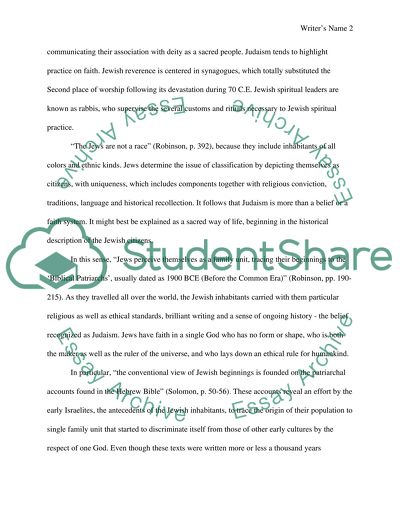Cite this document
(“Origins and Principal Teachings of the Sacred Scriptures of Judiasm Essay”, n.d.)
Retrieved from https://studentshare.org/religion-and-theology/1430506-you-will-discuss-the-origins-and-principal
Retrieved from https://studentshare.org/religion-and-theology/1430506-you-will-discuss-the-origins-and-principal
(Origins and Principal Teachings of the Sacred Scriptures of Judiasm Essay)
https://studentshare.org/religion-and-theology/1430506-you-will-discuss-the-origins-and-principal.
https://studentshare.org/religion-and-theology/1430506-you-will-discuss-the-origins-and-principal.
“Origins and Principal Teachings of the Sacred Scriptures of Judiasm Essay”, n.d. https://studentshare.org/religion-and-theology/1430506-you-will-discuss-the-origins-and-principal.


